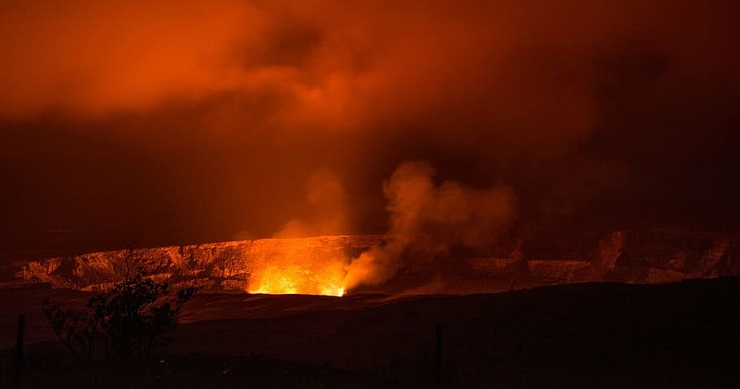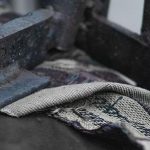The ash from Mount Vesuvius’s eruption in 79 C.E. covered and preserved the frescoes, pottery, remains and furniture of the ancient Italian cities of Herculaneum and Pompeii. While the recorded history of woodworking began with the Egyptians, the history of workbenches begins in a fresco at Herculaneum. The fresco itself has been lost, but an engraving of it shows two cherubs working at a low workbench with eight legs. Conventional thought says lower height benches were used for simple work, then replaced with taller benches, but that isn’t always the case. Low workbenches are still utilized in a variety of ways, often sat at when in use.
Key Takeaways:
- The ash from the eruption of Mt. Vesuvius in 79 B.C. excellently preserved daily life of the people who lived there.
- A notable preserved artifact is a fresco showing the earliest representation of an ancient workbench.
- Lower height woodworking benches are versatile, and can be used in a variety of applications.
“we were assaulted by young, attractive Italians. Their job: Bait tourists to nearby restaurants.”
Read more: https://blog.lostartpress.com/2020/08/24/the-volcano-the-workbench/






